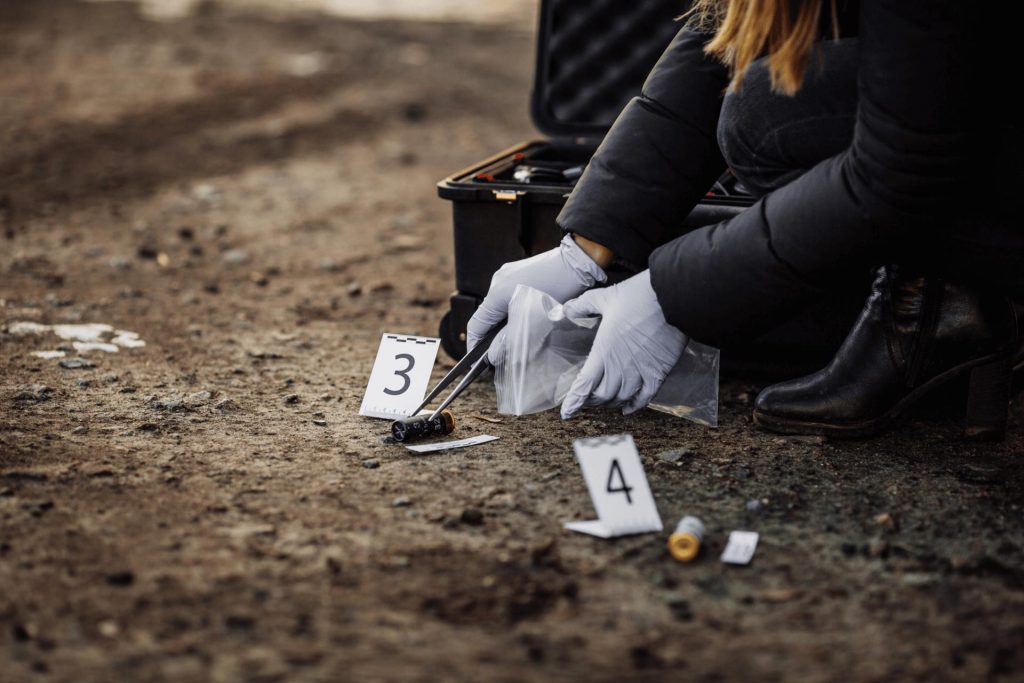Evidence Collection
Let’s break down the information on evidence collection, covering techniques for gathering physical evidence, interviewing witnesses and involved parties, and documenting and preserving evidence.
Techniques for Gathering Physical Evidence
Effective physical evidence collection is crucial for any investigation. Here are key techniques:
- Photography and Videography: Proper documentation through visual media is essential. Photographs and videos provide a detailed record of the incident scene, enabling investigators to revisit and analyze the evidence.
- Sketching and Diagrams: Creating sketches or diagrams helps in mapping out the incident scene. This visual representation aids investigators in understanding the spatial relationships between different elements, including evidence and points of interest.
- Evidence Marking and Tagging: Every piece of physical evidence should be marked and tagged with a unique identifier. This ensures a clear chain of custody, allowing investigators to trace and account for the whereabouts of each item throughout the investigation.
- Collection Kits: Utilize specialized evidence collection kits tailored to the specific nature of the incident. These kits often contain tools and materials designed to preserve and collect different types of evidence without contamination.
- Packaging and Containment: Carefully package collected evidence to prevent contamination and ensure its preservation. Proper containers, such as sterile bags or envelopes, should be used to maintain the integrity of the evidence.

Interviewing Witnesses and Involved Parties
Interviewing individuals who witnessed or were directly involved in the incident is a critical component of the investigative process. Here are key considerations:
- Establishing Rapport: Building a rapport with witnesses is essential for gaining their trust. A comfortable environment encourages individuals to share accurate and detailed information.
- Open-Ended Questions: Use open-ended questions to allow witnesses to provide detailed narratives. This helps in obtaining a comprehensive understanding of the incident from their perspective.
- Note-Taking: Document the interview process, including key statements, observations, and any inconsistencies. Accurate note-taking aids in organizing information for later analysis.
- Recording: With consent, consider audio or video recording interviews. This provides an additional layer of documentation and allows for a more thorough review of the information provided by witnesses.
- Multiple Interviews: Conduct multiple interviews if necessary. Witnesses may recall additional details upon reflection, and repeated interviews can help corroborate information.
Documenting and Preserving Evidence
Documentation and preservation are crucial for maintaining the integrity of collected evidence. Here’s how to effectively manage this aspect:
- Chain of Custody: Establish a clear chain of custody for each piece of evidence. Record every transfer or handling of evidence, including who collected it, when, and who has had access to it since.
- Detailed Records: Maintain detailed records of all evidence, including descriptions, markings, and locations. This documentation is essential for creating a comprehensive investigative report.
- Secure Storage: Store evidence in secure and controlled environments to prevent tampering or degradation. Different types of evidence may require specific storage conditions, so be mindful of these requirements.
- Preservation Techniques: Employ appropriate preservation techniques for different types of evidence. This might include refrigeration, sealing, or protection from environmental elements, depending on the nature of the evidence.
- Digital Evidence Handling: If dealing with digital evidence, follow protocols for securing and preserving electronic data. This includes creating forensic copies and ensuring that original data remains intact.
Incorporating these techniques into the evidence-collection process ensures a thorough and reliable foundation for any incident investigation.
